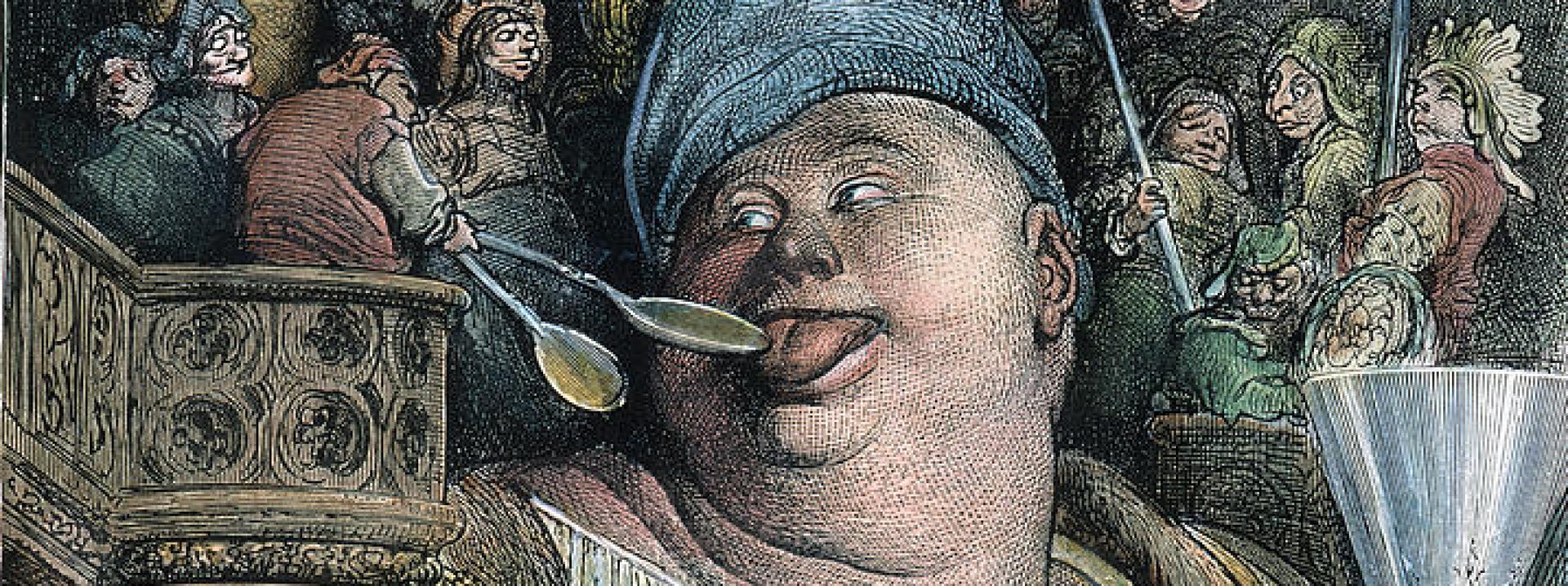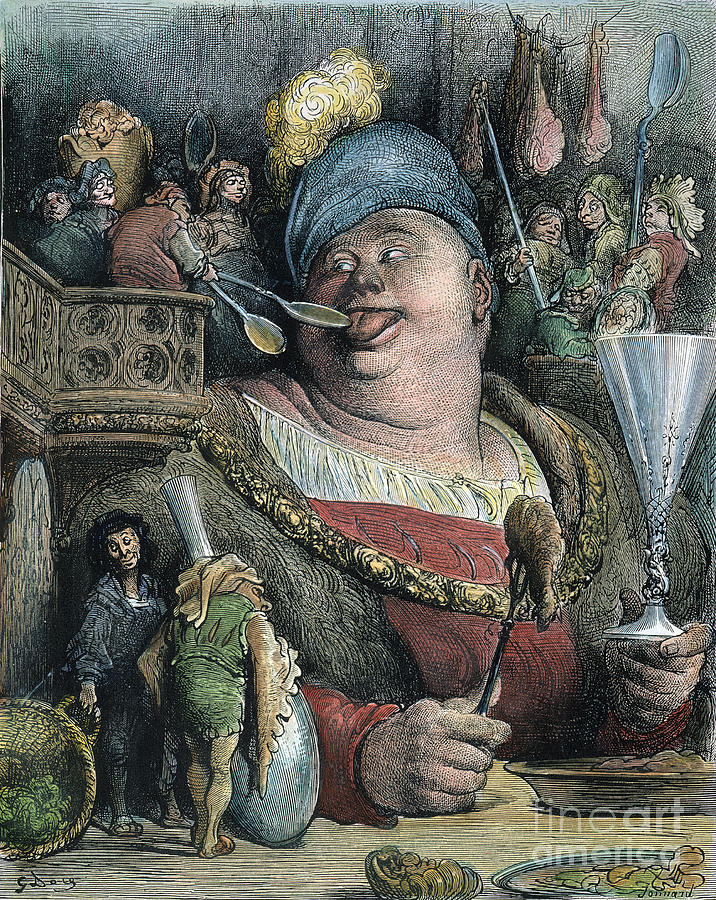Final creative project based on Satyrica
The moon turned the sea’s waves into liquid silver, and all the creatures and blemishes of the deeps were suddenly masked by a tawdry resplendence. Eumolpus reflected aloud on the fragments of light scattered across the wooded splinters of the deck and the tide’s unrelenting ebb and flow. I noticed how, when referring to the “mighty calamity which was the sea,” Eumolpus’ nose would twitch slightly towards the right side of his face, and as he breathed in and out broken bits of poetry, drops of spit gathered in the corners of his lips.
“I have heard stories,” Eumolpus began, making his voice purposefully solemn,” of Thessalian women who can draw down the moon.”
I told him that I had also heard rumors of such magic, but he pointedly ignored my interruption. I focused on his hands then, which were lined with the deep crisscrossing of veins, and even in the dark, I could see slight tremors along with the delicate crooks and spindles of his wiry fingers. I looked up at the moon and wondered if Eumolpus had ever tried to drag it out from its place in the sky himself.
“There was once a woman with long black hair and a fine pointed nose who retreated into the wilderness one night in hopes of capturing the moon, or really, what they call virus lunare, “moon-juice,” for herself. She was an older woman with sagging skin which had a yellowish tint to it, and while she had no magic to preserve what was left of her youth, she had heard that this virus lunare might be used to create a sense of erotic attraction between her and another. The woman had found herself lonely, or perhaps merely lonesome, since the sudden and early death of her husband, and she thought she might fill the hole he had left behind with her sexuality.
Into the wilderland she went, traipsing over the exposed roots of sweet chestnuts, gray poplars, and several thick and craggy evergreen oak trees. Members of the orchis family lined the narrow and wearied path before her, and she noticed the intimate way the flowers congregated at her feet, wrapping around and into themselves in a mangled and familiar embrace.
She came then to a shrouded meadow where the moon appeared at her zenith. The stars winked merrily across the onyx sky, parading onwards and upwards to the steady lull of the nighttime breeze. The hum of rehearsed voces magicae slipped from the woman’s tongue like they were honey bees which had been trapped behind the pearls of her small teeth. Their quiet buzz filled the meadow until all other sounds of nightlife seemed to cease. Snakes unhinged their clammy jaws and in the far-off distance a streamlet’s current began a jumbled rush backward. Up in the night sky, the moon took on the coloring of red gore, as it oozed and then tumbled from its old seat among the stars. The virus lunare pooled into the meadow, collecting atop the juniper, myrtle, and oleander.
The woman gathered the virus lunare into a wine jug larger than her own head. The descent from the sky had caused the juice to darken and appear more like gore, and so much like a fountain of blood that trickled from the wine jug and down into her bodily underworld. The virus lunare was thick and syrupy, and when it missed her mouth it dribbled down onto her chin and made her skin sticky like she was wet with sweat or coated in honey. Upon returning home that night, the woman wondered what pleasures the juice’s magic might offer her tomorrow.
“I am sure all she got out of that was a need to piss,” I said to Eumolpus as he finished the story. And then the two of us laughed together, the chorus of it in rhythm with the shallow rocking of the evening’s waves.


Reflection:
This story is meant to take place during the section of Satyrica titled “Aboard Ship with Lichas and Tryphaena,” around the same time when Eumolpus tells the story of the lady of Ephesus. I did not exactly try to imitate Petronius’ style, although I did make sure to write in the first person like Petronius does. I also based this story on a concept that comes up frequently in Graeco-Roman magic, which is drawing down the moon. I am interested in the grotesque consequences of drawing down a celestial body — bringing it down to Earth — and using its magic for erotic purposes. I focused on two different examples of this in Latin literature, the first in Ovid’s Amores, in which an incantation to draw down the moon causes it to turn blood red and “snakes are burst and their jaws broken off, and waters turn around and flow back to their sources” (Ogden, 238). The second instance of this comes from Apuleius’ Metamorphoses, and provides a discussion of the virus lunare which has a substantial role in my story.
What I wrote for my final project leans more towards grotesque than carnivalesque. I begin with a focus on Eumolpus’ body, paying specific attention to his mouth and nose. The woman in Eumolpus’ story also has a grotesque and “open” body, as she noted for being sexual, and we see her consume an excessive amount of moon-juice. I tried to make this story grotesque in smaller ways as well, for example, with the pun about “filling the hole” the woman’s husband left behind with her sexuality, as well as with the specific plants I mention throughout the story. The orchis family, specifically the Orchis anatolica and the Orchis papilionacea, which are found around the Mediterranean, evoke images of female genitalia, and I add to this image by having all of the plants tangled together.
My initial intentions for writing this story was to investigate the line between the sacred and the grotesque, and how that line is often blurred in literature. I had planned on writing a story similar to the encounter with the child of Mercury and Venus in Fellini Satyricon, and combine that with a discussion we had in class concerning the bodies of saints and how, although grotesque to observe, are worshipped and sacred. When I began writing, however, I took a different approach, investigating how ancient magic can be used grotesquely. I ended up having a lot of fun with this, and I hope my audience will be able to view this both as another one of Eumolpus’ absurd tales, but also as a grotesque interpretation of magic in Latin literature.
Works Cited:
Ogden, Daniel. Magic, Witchcraft, and Ghosts in the Greek and Roman Worlds. 2nd ed., Oxford: Oxford
University Press, 2009.
I really loved reading this story! I like your descriptions and think they fit into the grotesque and have a similar tone to Satyrica, especially the ending. I think the level of detail and amount of references to the grotesque is really awesome! I really found it interesting how you linked magic and nature and explored the grotesque side of magic. I hadn’t really thought of magic as particularly grotesque, but the physicality of the magic you describe is definitely grotesque. I enjoyed your references to how magic is portrayed in Latin literature.
I would first like to say that I was really impressed by your writing. This is really well done. I also liked how some of the aspects of the grotesque were not so apparent. For example, I didn’t even think about the image of Orchis plants all intertwined, and how that can resemble an image of female genitalia. The abrupt ending and shift to laughter and reality was funny- I almost forgot that this work was supposed to be out of the Satyrica as it was so pleasant to read.